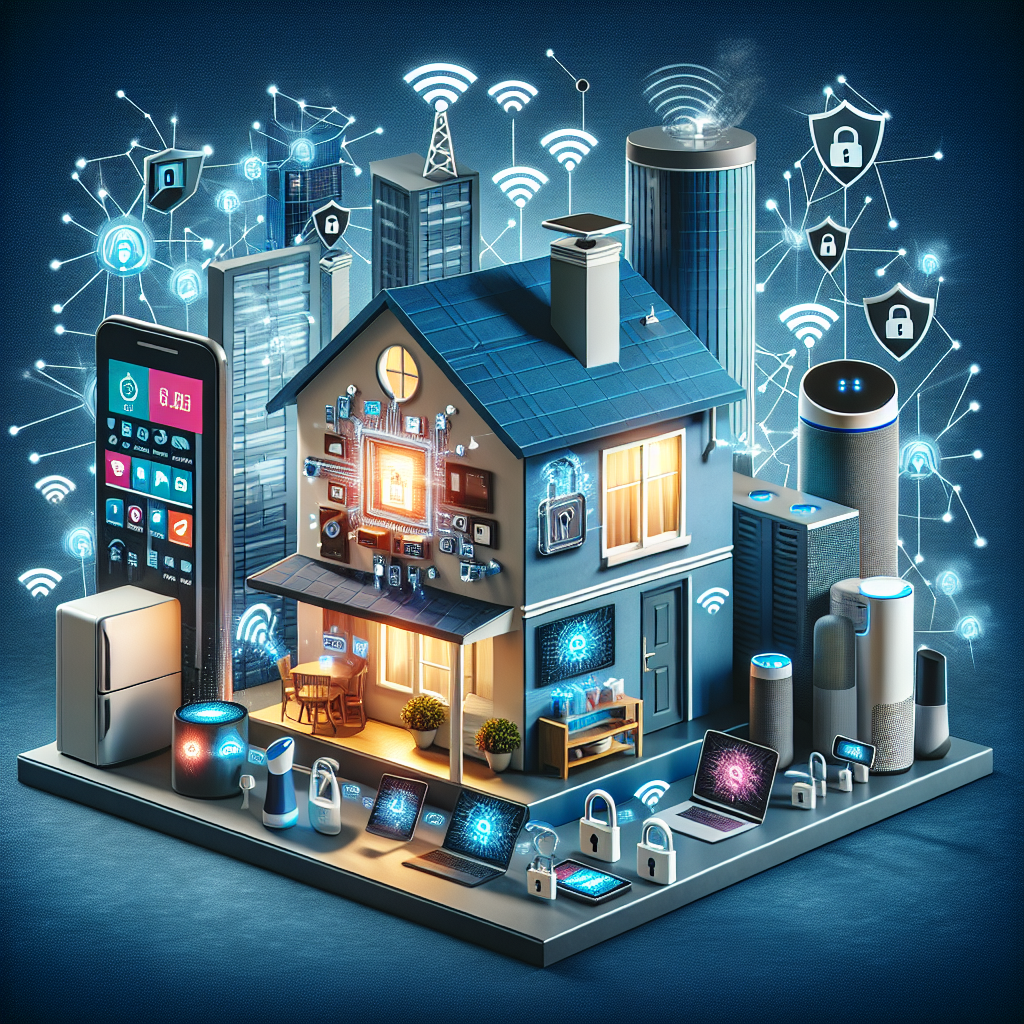As the adoption of smart home devices continues to surge globally, a growing number of cybersecurity experts are raising concerns about the ripple effects on enterprise networks. According to the article “Smart Home Growth Increases Enterprise Security Risks” published by IoT Tech News, the expanding ecosystem of connected home technologies is creating unforeseen vulnerabilities that can compromise not just personal privacy but also corporate data security.
The proliferation of Internet of Things (IoT) devices in homes—including voice assistants, smart thermostats, connected cameras, and intelligent lighting systems—has significantly broadened the attack surface for cybercriminals. While these devices are designed to enhance convenience and automate everyday tasks, they frequently lack the robust security protocols found in enterprise-grade technologies. This disparity is increasingly relevant in the context of hybrid and remote work models, where employees often access critical enterprise systems from home networks that may be insufficiently secured.
The article highlights that many smart home devices are not built with consistent software updating mechanisms, often go unpatched for months, and may rely on weak default passwords. These deficiencies can make such devices an easy entry point for malicious actors seeking to exploit vulnerabilities for broader network infiltration. Once a foothold is established in a home environment, attackers can potentially leapfrog into enterprise IT systems, especially if endpoint security measures or remote access protocols are poorly implemented.
Adding to the challenge is the diversity and rapid growth of the smart home market. Forecasts cited in the IoT Tech News report indicate that tens of billions of IoT devices are expected to be in use worldwide over the coming years. This rampant growth makes standardization difficult and regulation lagging, creating blind spots for IT departments already struggling to secure conventional endpoints.
IT administrators and corporate security teams now face the dual challenge of safeguarding traditional office-based systems while accounting for the insecure endpoints introduced by employees’ personal technology ecosystems. Experts quoted in the original article argue that a new paradigm is needed, one where endpoint security extends beyond company-issued devices to include awareness of home network hygiene. Improvements in employee cybersecurity education and investment in zero-trust architecture are increasingly seen as necessary steps toward mitigating these emerging risks.
As organizations adapt to permanent changes in workplace dynamics, the blending of personal and professional digital environments heightens their exposure to threats. The growth of smart home technology thus presents a complex, evolving challenge—one that underscores the need for more holistic cybersecurity strategies capable of addressing the increasingly porous boundary between home and enterprise networks.



